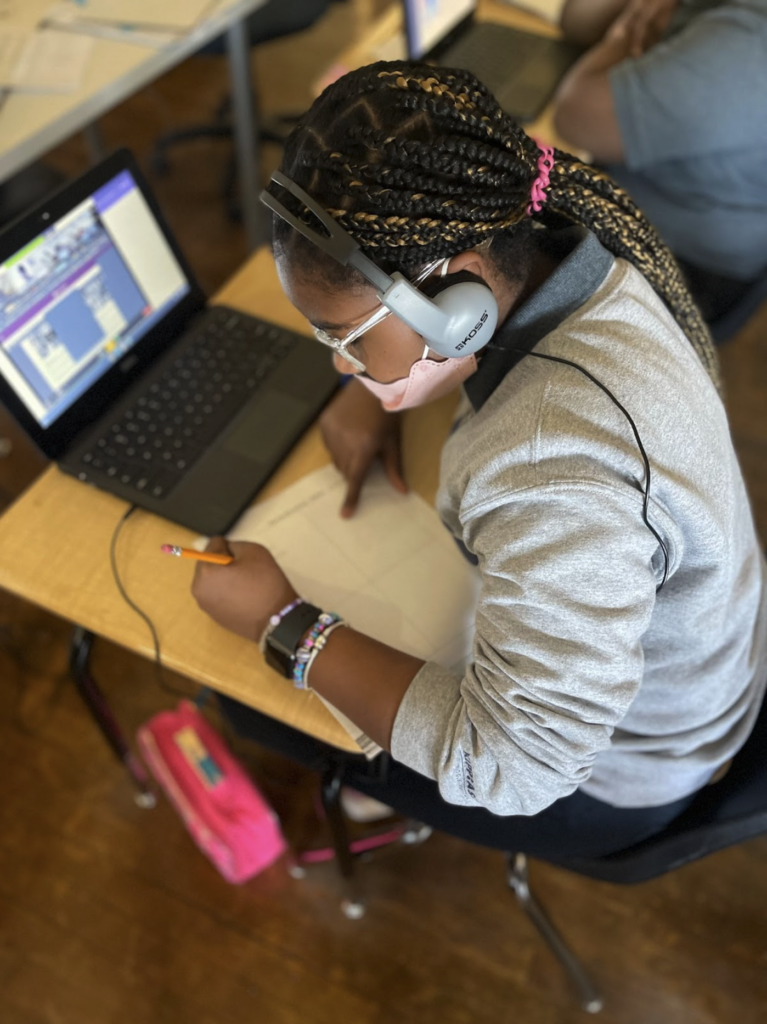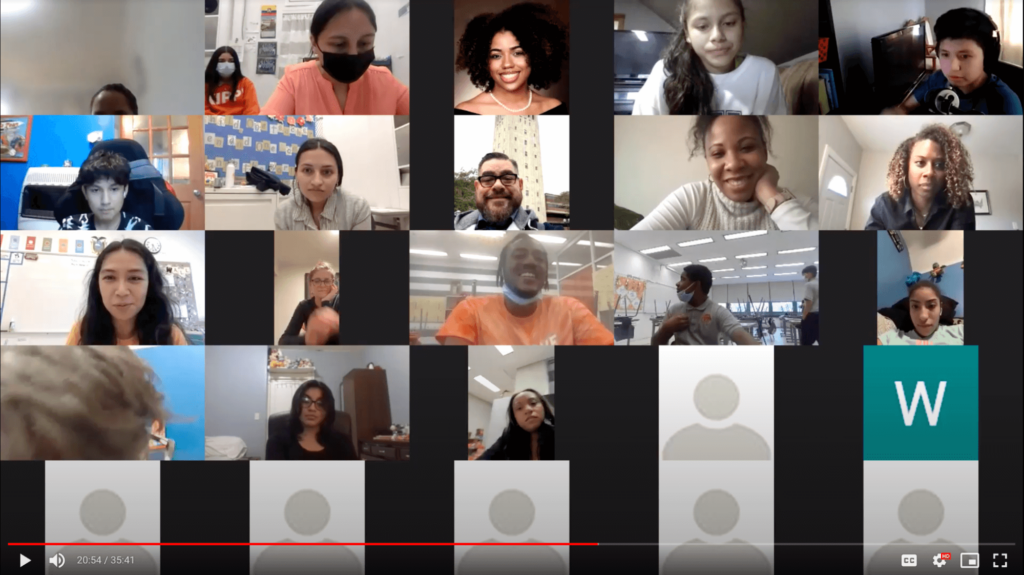Cultivating Identity Development Practices
McNair Fellow Heather Hawkins’ Impact Project
Science tells us that beliefs and identity are strongly shaped by schooling. Traditional curriculum situates people of the African Diaspora in a minimally positive, and many times negative, light. As a result, generations of Black students have felt disengaged, misunderstood, and unsafe.
As McNair Fellows dig into their Impact Projects, we are immensely grateful for the brilliance they are bringing to KIPP Chicago. This spring, Heather Hawkins, 5th grade Assistant Principal at KIPP Ascend Middle School, will work with 89 KIPP Ascend Middle School students for 5 weeks using curriculum from Reconstruction. Reconstruction was created to show kids that they are descendants of powerful, creative, and resilient ancestors whose contributions permeate every aspect of life across the globe; and that they too are called to contribute to this rich legacy. It’s the way we were taught as children. It’s the way we teach our children.
The project-based spoken word curriculum will explore varying viewpoints of BIPOC poets and orators throughout time. This will support academic gains in writing by deepening students’ current level of cultural representation.

Celebrating Black Joy and Resilience Student Panel
On February 28th, KIPP Chicago hosted its first virtual, student-led panel discussion, featuring three KIPP Academy Chicago students and moderated by KIPP Alumni, Unique Mackey. Celebrating Black Joy and Resilience allowed students to reflect on the joys they’ve celebrated and challenges they’ve faced during the COVID-19 pandemic.

Celebrating Latinx Student Joy and Resilience Student Panel
On March 24th, KIPP Chicago held its highest attended virtual panel discussion with five KIPP One Academy students, moderated by Wellness Champions, Alanna Bonfiglio and Chantell Denney. The conversation, centered on our Latinx students’ joyful experiences and their resilience, was immensely meaningful as students and teachers were open, vulnerable, while still finding many moments of humor and joy.

McNair Features: Camille Allen

What are your aspirations in leadership and how do you see this fellowship helping you get there?
My aspiration in leadership is to create a strong foundation in the lives of my students. It is my hope that through my leadership my students are motivated to become forever learners and dynamic world changers. Joining the McNair Fellowship has allowed me active time and a space to reflect on my “Why” for being a leader in the community I serve. This fellowship grants me the opportunity to connect with other outstanding leaders with similar backgrounds and mindsets that I share who are able to offer other creative ideas that will help my aspiration come to light.
This program is inspired by the success and life of Ronald McNair. In terms of your career, who is someone that you consider a hero/role model/inspiration? (could be someone in your life or a public figure)
I’m blessed to have multiple individuals in my life who have served as role models, heroes, and cheerleaders throughout my education career. My number one source of inspiration however, has always been my family. My parents have always modeled the importance of being a good human and how to lead with love. My siblings motivated me as a child to develop a passion for education and the desire to be a forever learner. My husband challenges me daily to remember my power and never be discouraged when things might not go as planned. He reminds me that every mistake is an opportunity to learn and grow. Lastly, my daughter is the constant reminder of why the work I do is so important. I want to be a part of the change to the inequities and gaps that exist in education for all students of color.
